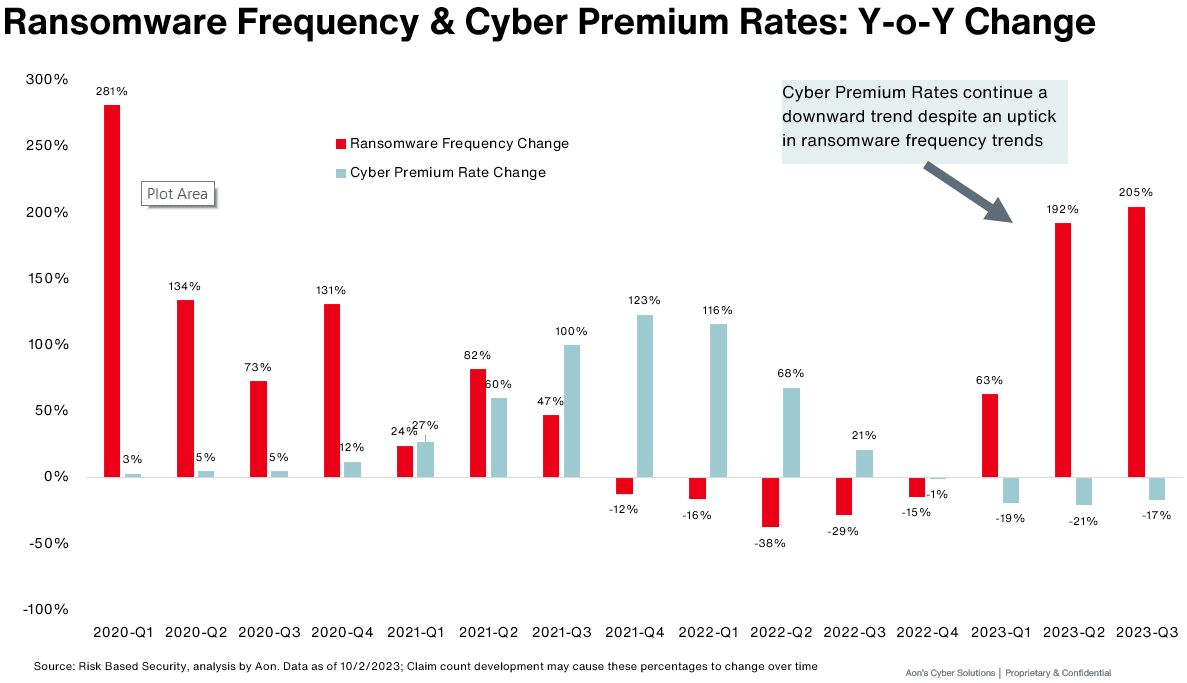Consider These E&O Coverage Points
In addition to the risk transfer value of the policy, E&O cover is often key to business facilitation for
professional service companies. Customer contracts regularly are revised to include E&O insurance requirements that
go beyond minimum required limits and include specific policy language requirements.
Three common examples include: an additional insured status for the customer, a waiver of the insurer’s rights of
subrogation, and the service provider’s insurance being primary/non-contributory to any other insurance, including
the customer’s. While E&O insurance policies can accommodate these requests, the policy language should remain
aligned with the organization’s risk management philosophy and balance protecting the organization against
facilitating business needs. Further:
- Ensure E&O due diligence. E&O policies require a similar level of due diligence to ensure they address the
risk transfer and business goals of the organization. The definition of professional services, which serves as
the gatekeeper for all E&O policy coverage, is particularly important. Insurers will often push to have this
definition be as narrow and specific as possible.
- Consider an alternative approach to defining policy services. An alternative for defining professional
services involves requesting an omnibus definition. It contemplates all services contracted to be provided by
the organization or any third party for which the organization is legally liable. While some insurers will be
receptive to this definition, they will have heightened underwriting expectations. The policyholder should be
intentional with how contractual risk management, business development, and conflict resolution are presented to
the insurer. This is critical for securing the insurer’s support.
“The base policy language in many E&O insurance policies may not strike the necessary balance and should be
customized appropriately. Since this is different for every organization, it’s an area where collaboration between
risk management, legal and business teams, alongside the insurance broker, is critical,” says Christopher Mee,
Senior Vice President, E&O/Cyber Product Team, North America.
Cyber and E&O insurance policies provide a broad array of coverage designed to address the myriad losses associated
with cyber incidents and professional service risks. These policies are not one-size-fits-all. They require a high
degree of customization to ensure clarity and coverage when needed most.
































